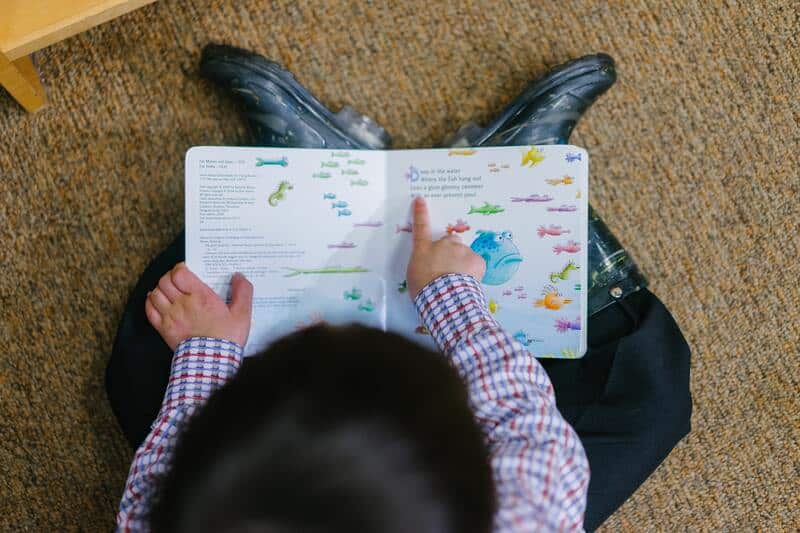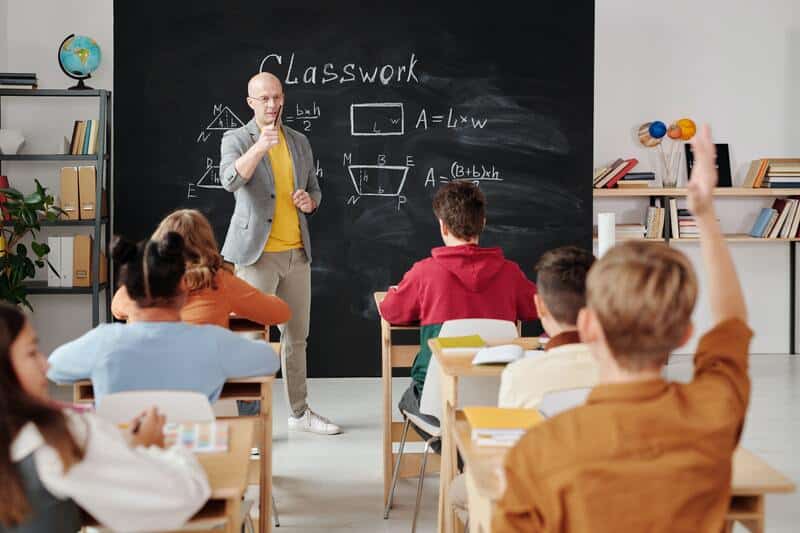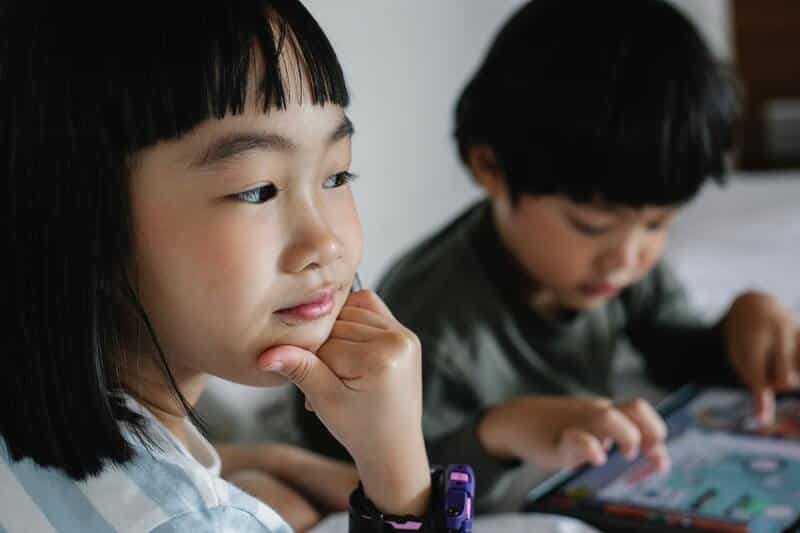How is education in the different countries of the world? According to UNESCO, there are great differences between them. For example, less than 40% of girls in sub-Saharan Africa complete secondary education. However, countries such as China (Beijing, Shanghai, Jiangsu and Guangdong), Singapore, Hong Kong or Canada stand out for the good performance of their students. This is also reflected in the latest PISA report, where not even Finland, one of the countries with the best reputation at the educational level, matched its results. As for Spain, it was below the OECD average, worsening its assessments in Science with respect to previous editions and stagnating in subjects such as Mathematics. Knowing the peculiarities of each educational system can be the first step to comply with the motto that UNESCO promotes this year for the International Day of Education: “Change the course, transform education”. These are the most outstanding characteristics of the considered best educational systems in the world.
Canada
In the North American country, public schools coexist with private ones. Yet 95% of parents choose public education for their children, according to the Canadian Association of Public Schools. It is a country that invests a lot in education; allocates more funds (per capita) than any other G8 country.
The educational system is not national but is divided by provinces. Each one develops its own study plan, but they agree in betting on the subjects that promote equality, due to the division of territories and the cultural, historical and social characteristics of its citizens. For example, in Ontario, where the proportion of immigrants is very high, if the student has a different language or culture at home, the system offers the resources to preserve it, according to Constantine Ioannou, Kappa Phi Delta Award for Educational Excellence, in a interview included in the book ‘Gigantes de la Educación’, by the journalist Lola García-Ajofrín.
China (Beijing, Shanghai, Jiangsu and Guangdong)
This Asian region promotes an education where there is the necessary space and time for young people to develop as enterprising and creative individuals. Titles have been left in the background, for example in Higher Professional Education they are not awarded, giving way to interpersonal skills.

In this sense, less than a year ago, the Chinese Ministry of Education approved a reform to relieve the pressure of students in the framework of a very competitive system. Some of the changes go through the prohibition of exams for children 6 and 7 years old and the regulation of the number of exams per semester. Also in 2021, the Government abolished extracurricular tasks for these ages and limited the maximum time dedicated by secondary school students to these tasks to one and a half hours.
Finland
Public education is the fundamental pillar of the Finnish system, as well as its teachers, who are highly valued. In fact, before becoming teachers, students go through a very demanding selection system. Due to the high status they achieve and, contrary to other models such as Hong Kong, parents have little influence on school decisions.

Since 2016, the curriculum is strongly committed to digitization, which includes programming as a cross-cutting subject in the study plan. It also opts for less content. The reduction in the weight of the subjects aims to achieve a combination of project work and more interdisciplinarity, according to a UOC study.
Hong Kong
Its history as a British colony is decisive in its educational system, which is not far from that of the West. However, since the educational reform began in 2000, the objectives have varied and are oriented towards greater creativity as opposed to less memorization. The system focuses on personal development and lifelong learning, according to statements by Dr. Catherine KK Chan, Hong Kong Undersecretary for Education, in the book ‘Giants of Education’. Parents also play a very active role in the education of their little ones. For this reason, academies and private classes are successful in Hong Kong, so much so that they have turned their teachers into real celebrities; the so-called ‘Tutor kings’.
Singapore
This Asian country has been at the top of the international rankings for many years in fields ranging from Mathematics (a subject they place great emphasis on from an early age) to Social Sciences. The student body also learns English as their first language from Infant and is committed to methods that invite student reflection, avoiding memorization.

The OECD analyst Pablo Zoido also highlights his commitment to teachers. In García-Ajofrín’s book, he defines teachers as “researchers of their own profession who are trying new things.” As a consequence, they are the main actors in the country’s educational reforms. Along these same lines, the general secretary of the Singapore Teachers Union, Mike Thiruman, spoke in an interview with the Innovation Observatory of the Institute for the Future of Education: “If we need to develop something, it is to develop people. It is a cultural norm for Asians to invest in education. In general, this is the Chinese culture, and Singapore is 75% Chinese.”

